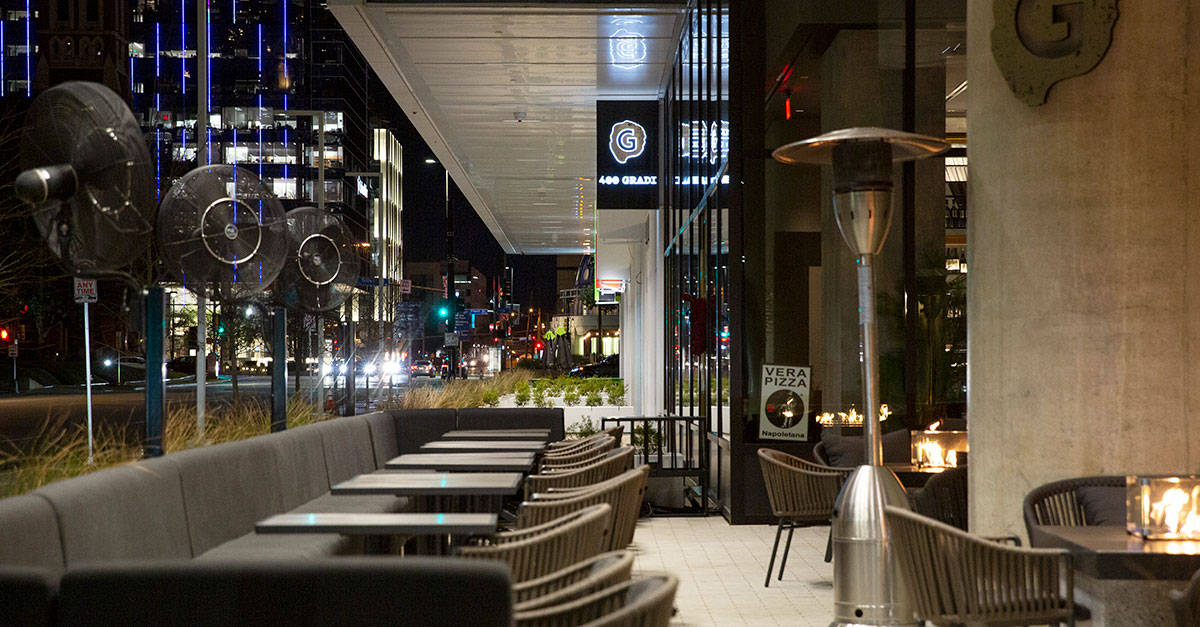Customer Experience Shaped by Lighting Design
Brick and mortar stores have a customer experience advantage online competitors cannot match: being there.
Online shopping is especially convenient, but when shopping for many items shoppers still crave the sights, sounds, aromas, tastes, and feel of an in-store experience.
Architects, developers, and lighting designers shape the customer experience with light. They use light to create an initial impression that helps define an in-store experience. The experience creates a memory, and that sets expectations for a continued relationship.
In this case, we are using the term “store” broadly, to include a wide range of business and public buildings. Likewise, “customers” are people the lighting is designed to serve, including clients, patients, fans, and employees.
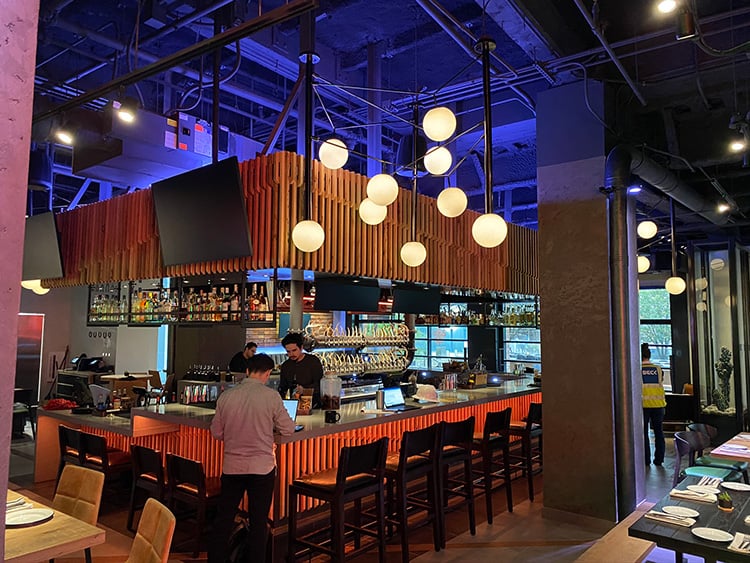
The Critical Role of Lighting
Once the initial impression is created upon entering a store – or from display windows before entering – lighting sets the tone and expectations for the experience to follow. Bright lighting subconsciously sends cues of lower prices and perhaps lesser quality. Bright lighting accelerates the shopping experience.
Warm, dimmer lighting offers the comfortable feeling of a glowing fireplace and sets expectations of higher quality and more leisurely shopping.
Lighting subtly guides shoppers to specific items by using contrasting levels of ambient and focal light. Brighter focal lighting contrasts with dimmer ambient light to draw attention and bring out the full colors and textures of merchandise as proof of quality.
Lighting fixtures must match the environment. Four-foot luminaires or "troffers" that are entirely appropriate in an office setting would send the wrong message in an apparel shop, where elegant pendants and track lighting fixtures help set the mood, and brand expectations.
Lighting Design Backed by Research
Lighting design is not based on guesswork. It draws on years of scientific research, such as this study of the effects of lighting on consumer responses in a retail environment. The study measured the effects of different lighting patterns – brightness, color, contrast, and direction – on customer perceptions, emotions, and responses.
While sounds and smells influence about one percent of shoppers, more than 90% focus on visual appearance, and nearly 85% say color is the primary reason for selecting an item. Some 80% of people associate brands with certain colors.

Lighting Affects How People Feel
To some people, mood lighting used to mean turning the lights down low to get in the mood for romance. The language may be different now, but the meaning holds up. Lighting, dim or bright, is the key to establishing any given mood or emotion.
We often liken a building to the human where architecture is the body, Interior design is the fashion that dresses the body, and lighting provides the emotion or character. The lighting variables of hue, intensity, and brightness set the mood for any space.
Hue, Intensity, and Brightness
As mentioned previously, color influences buying decisions more than any other factor. Each color evokes different emotional responses. Here are some of the leading ones:
- Red – saturated reds promote a sense of urgency, hunger, movement, and energy. Low saturation reds in ambient lighting produce a relaxing mood.
- Yellow – creates cheerfulness, activity, and optimism in high saturation. Less saturated yellows, especially when combined with soft reds, produce warm mellow feelings.
- Blue – associated with peace, calming, and a sense of security.
- Green – evokes feelings of health, nature, and tranquility. A relaxing color.
- Purple – stimulates problem solving, creativity, wisdom, and maturity.
In lighting, hue/color is a function of temperature, measured on the Kelvin scale:
- 2,000K – 2,400K = warm red to yellowish white, like a glowing fireplace. Imparts a sense of relaxation appropriate for home, lodge, hotel, restaurant, and informal surroundings.
- 2,400K - 3,000K = our traditional incandescent and halogen color of a warm, lower level of light. Perfect for traditional homes and hotels.
- 3,500K -4,000K = typical American office lighting. American culture prefers warmer temperatures than others in the Middle East, Europe, and Pacific Rim countries
- 4,000K – 5,500K = mid-to-cool white hues that still are welcoming, but brighter to promote more alertness. Used for photography and TV and the lower end of the sunny day range.
- 5,000K – 7,000K – stark and cold like an overcast winter day. This lowers melatonin for more alertness and energy needed for brainstorming.
Putting them together, the warmer red/yellow/orange hues convey quality and are used for products that typically involve more emotional than logical decisions. Pastel pinks, blues, and greens tend to influence more budget-conscious decisions.
Color saturation, or intensity, is a measure of the depth of a color. Pastels have light saturation; brilliant colors are more fully saturated.
Brightness of light is closely linked with color intensity regarding emotional impact. The more intense the color and brighter the light source, the stronger the emotional impact. Brightness stimulates activity, but too much brightness can be stressful.
Lighting Design Affects How Customers Buy
Bright lighting communicates spaciousness and is associated with practical, functional products with lower prices, and sometimes with lower quality.
The brightness invites inspection and says, “we have nothing to hide” and increases the shopping tempo necessary for volume sales of lower profits margin products.
Dimmer lighting establishes a more intimate, cozy, or luxurious feeling that is the preference of fine dining, fashion apparel, and jewelry retailers. In dim lighting we feel more relaxed.
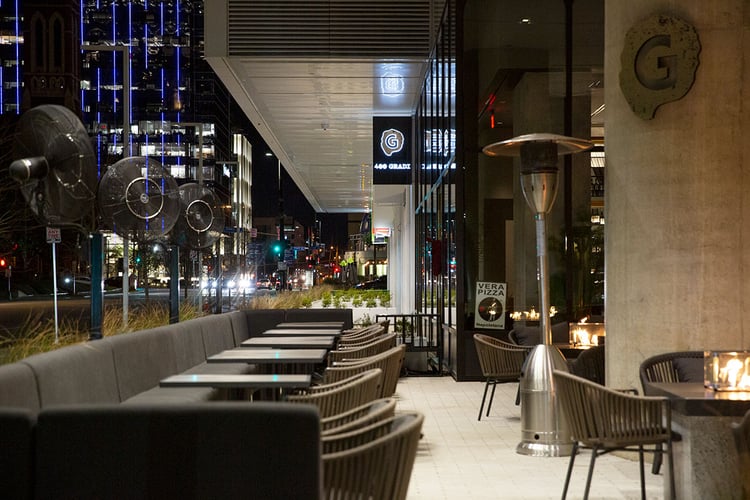
The lower level of ambient light makes us feel as if we are not being watch so closely, so we tend to be more self-indulgent and spend on more expensive goods and services. Brighter focal lighting makes the ambient lighting seem even more subdued and private, while highlighting the product.
As color is associated with brand, so is the level of ambient light in retail locations. Studies have found that a business looks dark from the outside and consumers are not familiar with a brand they will be more reluctant to enter. Highlighting focal elements within that darkness can attract get your attention and bring one in.
LED Lighting for a Dazzling Customer Experience
What did we ever do in the Dark Ages before LED (light emitting diode) lighting? We used what we had – incandescent, fluorescent, halogen, and high-intensity discharge lighting. They remain useful options, but pale in comparison to LED technology.
When LED technology first was demonstrated in 1962, it was a mere glow, producing low-output red light used in electronics.
LED lights gained colors and brightness over time, but everything changed in the 1990s with the addition of blue LED light, which made bright blue/white LED light possible. Remember all those LED holiday lights with the cold, blue cast?
LED Lighting Advantages
LED lighting now is the most flexible solution for architectural lighting inside and out. Today’s diodes can produce more colors than the eye can see, from the lightest pastels to full intensity reds, oranges, yellows, greens blues and more. Other advantages include:
- Brightness and lighting cycles can be controlled digitally by smart phones.
- Can mimic the natural lighting of a normal, sunny day.
- Used in ambient, focal and “sparkle” accent lighting.
- Accentuates colors for warmer or cooler effects.
- Strengthens or highlights natural colors, almost as well as sunlight.
- Energy savings from substantially lower electricity requirements.
- Lower energy demand reduces carbon footprint.
- Produce less heat, for lower air conditioning costs.
- Greater reliability and durability (no glass bulbs).
- Lower maintenance costs because of long lifespan – up to 50,000 hours.
Conclusion
Lighting design plays a critical role in creating a pleasing and memorable customer experience in any setting. Brick and mortar businesses have a distinct advantage over online retailers by appealing to consumers’ senses of sight, sound, smell, taste, and touch.
A total sensory experience is part of the attraction of in-store shopping, but lighting does the heaving lifting. More than 90 percent of consumers focus on visual appearance, while fewer than one percent decide based on sounds and smells.
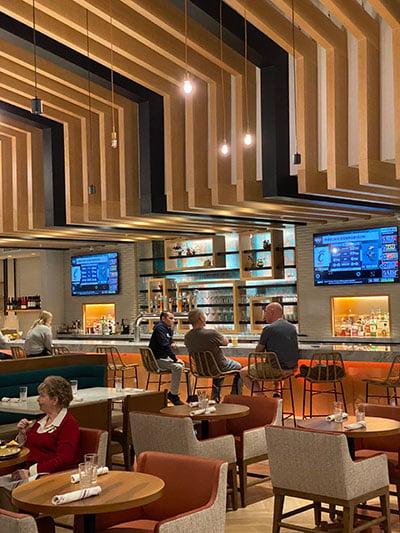
The color, intensity, and brightness of lighting largely determines how people feel and how they buy, although the effects are subtle and often subliminal. Colors and lighting brightness establish moods, from relaxed and self-indulgent to excited awareness.
LED lighting offers unlimited lighting design flexibility to create a great customer experience in any setting, from big box stores to high fashion boutiques. On top of that, LED lighting uses less electricity, is more durable and longer lasting.
For more details about how lighting design sets the mood for in a room and adds to brand perception, wellness, and productivity see our article on interior lighting design for mood.
Light ON!
